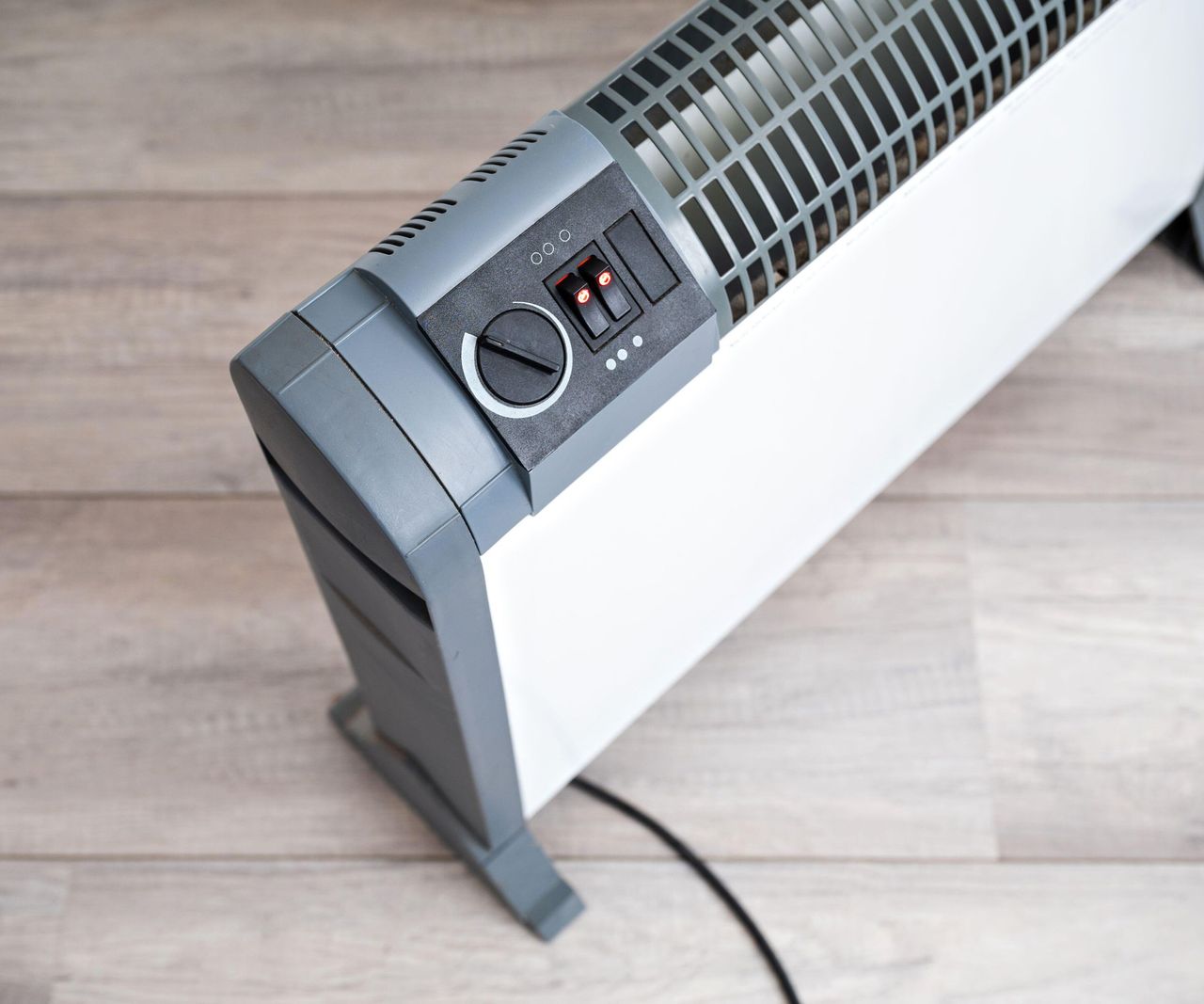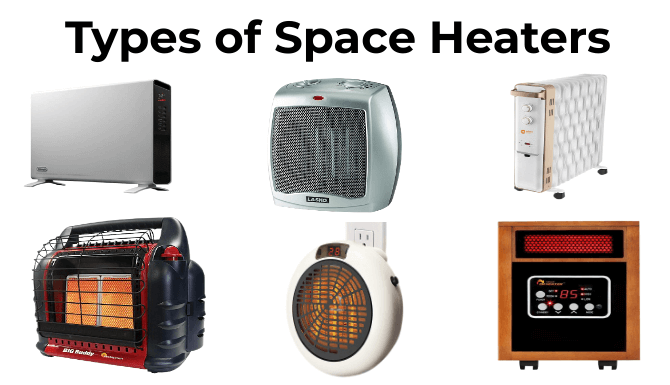An Unbiased View of 1 Source Portable Air
1 Source Portable Air for Beginners
Table of Contents1 Source Portable Air for Beginners1 Source Portable Air - The Facts1 Source Portable Air Things To Know Before You Get ThisLittle Known Questions About 1 Source Portable Air.The Definitive Guide for 1 Source Portable Air
Running expenses are based upon an electrical power cost of 40c/kWh. The expenses for 3 months' usage in winter are based on 500 hours utilize, or around 6 hours each day for 3 months. Optimum warm result is based upon the optimum electrical power of the versions we have actually examined (we concentrate on greater electrical power heaters).
On standard, tiny follower heating units are less costly to purchase, however can have greater running costs. Oil column heaters will be the least expensive on the market to run (on average) but just by a slim margin ahead of convection heaters (like panel and micathermic panels).
Our 1 Source Portable Air Ideas
If you have a relatively easy to fix ceiling fan, it'll help spread the warmth around the area a lot more uniformly. The versions in our electrical heating units test typically variety in cost from well under $100 to over $900, but we've found a higher price tag does not constantly indicate far better performance. A variety of costly heaters have actually failed to thrill our testers, while some cheaper designs create surprisingly great buys.
As the name suggests, they radiate warmth from a red-hot heating aspect (so the family members will have to take turns being in front of it). There are floor and wall-mounted versions available. Radiant heating units are reasonably cost-effective. They have a cosy glow and personal warming result, like sitting in front of a fire.
Radiant heaters typically set you back in between $20 and $200. Oil-filled column heating systems do not in fact melt oil they utilize electrical power to heat up the oil that's sealed inside their columns or 'fins'.
The Main Principles Of 1 Source Portable Air
Some column heaters aren't also oil-filled yet instead make use of other product or heating modern technology to work the same means - 1 Source Portable Air. The risk of fire with an oil column heating system is low contrasted to other heating unit kinds, however never ever zero. Oil heating systems don't have actually exposed components like radiant heating systems do, and their surface temperature level is lower than lots of other heating system types (their huge area offsets it)
Oil column heaters will not explode, and while they don't melt their oil to generate warmth, it's still combustible, so there is a fire risk if the oil leaks, if the heating system ideas over and leaks, or if flammable things or fabric enter contact or drop on the heater. You must work out the same degree of care with oil heaters when it comes to other heating unit types, and never ever hang towels or clothing over one to dry them make use of a drying out shelf instead, a minimum of one metre away.
Column heating systems are especially useful in rooms where they'll be activated for extended periods of time or where they'll operate unattended, such as overnight in a bed room. The surface areas you're most likely to discuss a column heater don't get as warm as various other kinds of electric heating units. You can make use of a ceiling fan on very low rate to aid the column heater to distribute the warm quicker and a lot more equally.
Oil-filled column heating units generally set you back between $50 and $450. Convection and panel heaters attract chilly like it air over an electric home heating aspect.
The 1 Source Portable Air PDFs

Convection and panel heaters are more portable than their oil-filled column heating system equivalents because they're substantially lighter. Like a column heating system, you can use a ceiling fan on extremely reduced rate to disperse the warmth faster and much more uniformly.

1 Source Portable Air Can Be Fun For Anyone
Follower heating units are usually smaller sized and extra mobile than various other electric heating units. They also come in the form of tower fan heating systems, which can be much better for dispersing warm around larger spaces due to their taller account. They can warm the air in a space a lot more quickly, uniformly and promptly than a few other heating unit types.
They can be fairly loud with the follower on complete power, though are usually sensibly silent at lower fan rates. Fan heaters (ceramic or otherwise) usually expense between $60 and $900. Ceramic follower heating units next aren't necessarily any kind of various in price to non-ceramic versions. A fairly recent participant into the customer market, infrared heating systems heat up the area like the sunlight heats your face (without the UV rays so no threat of skin cancer). 1 Source Portable Air.